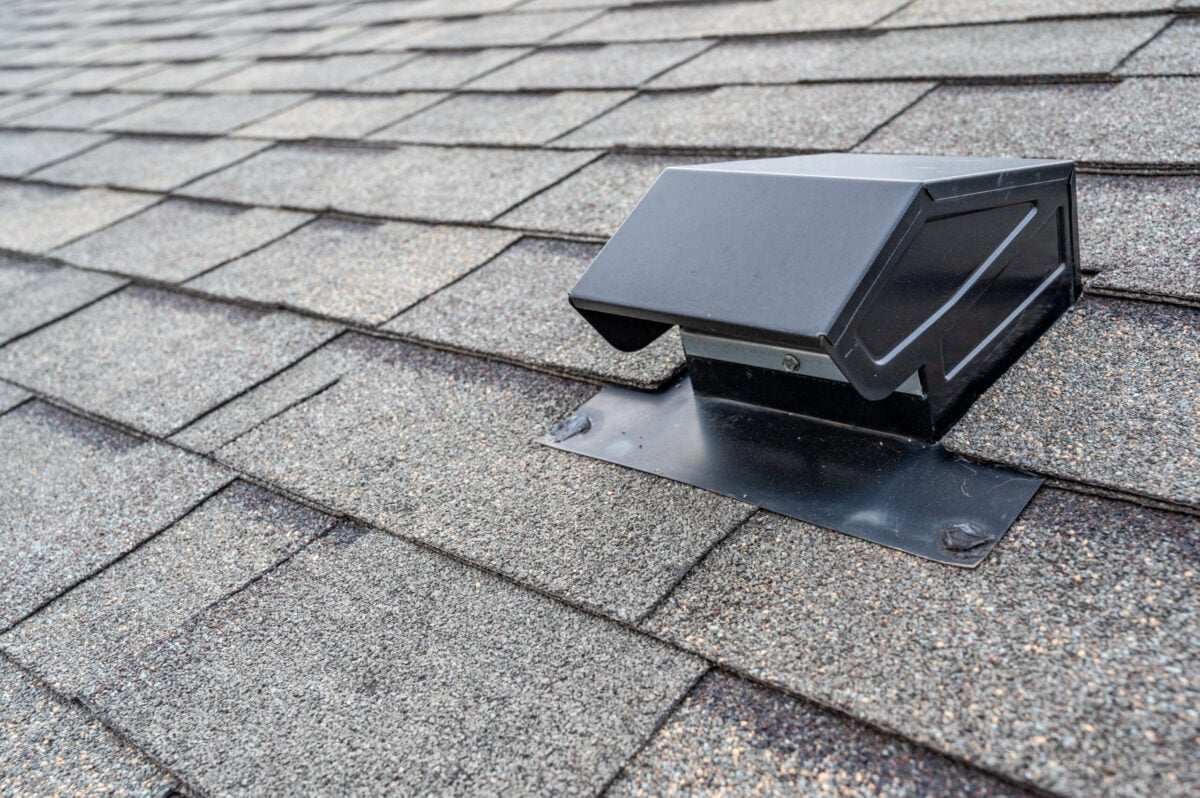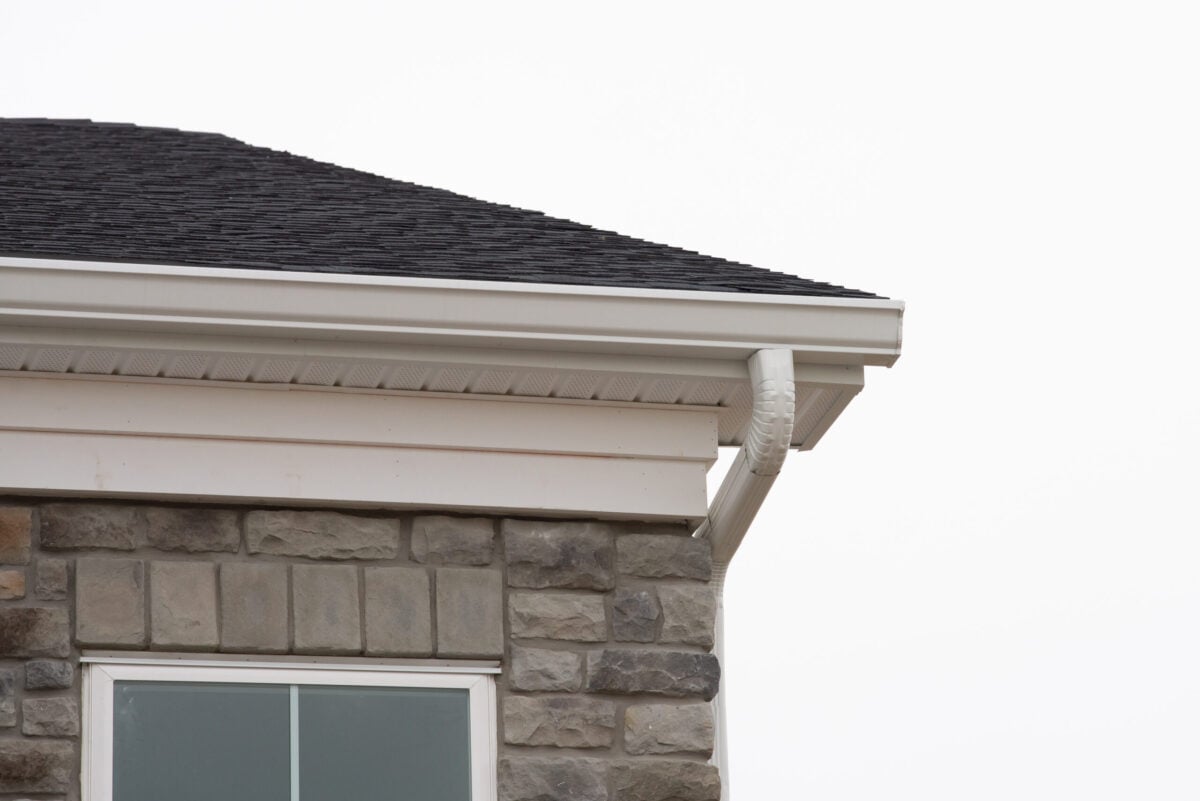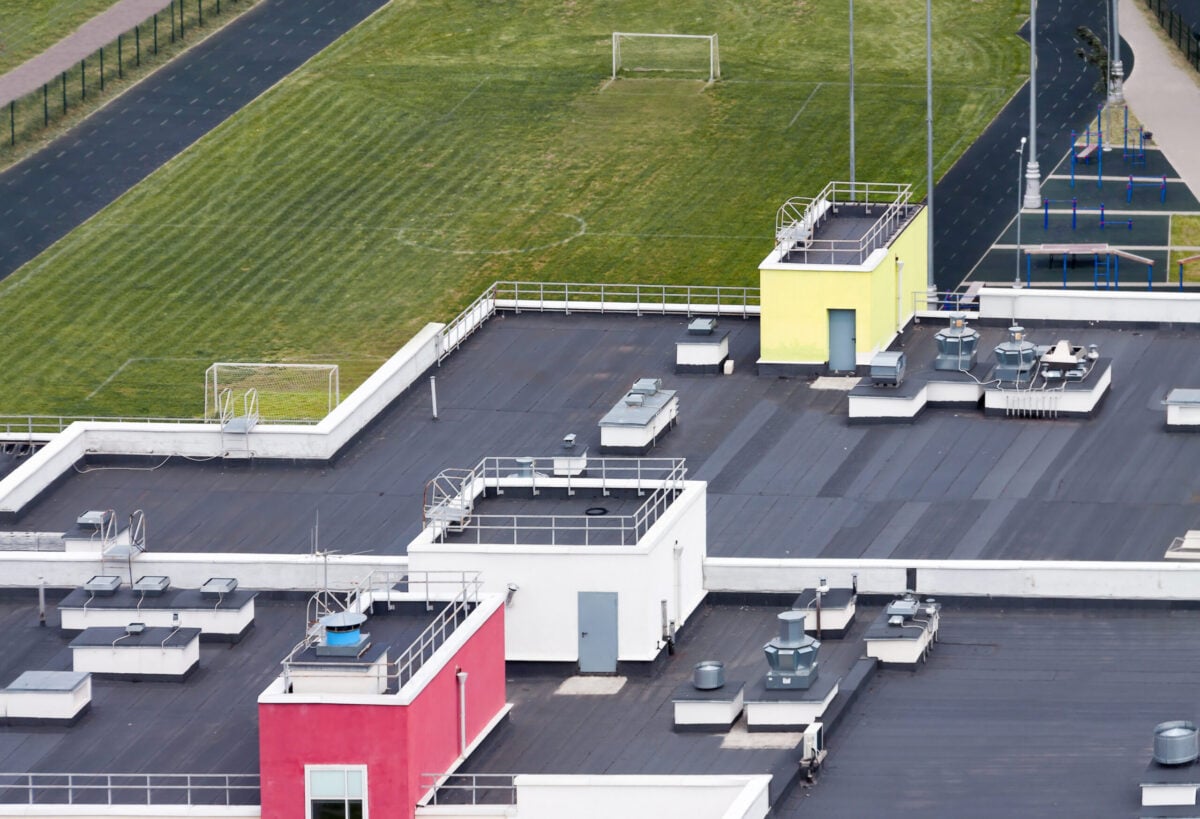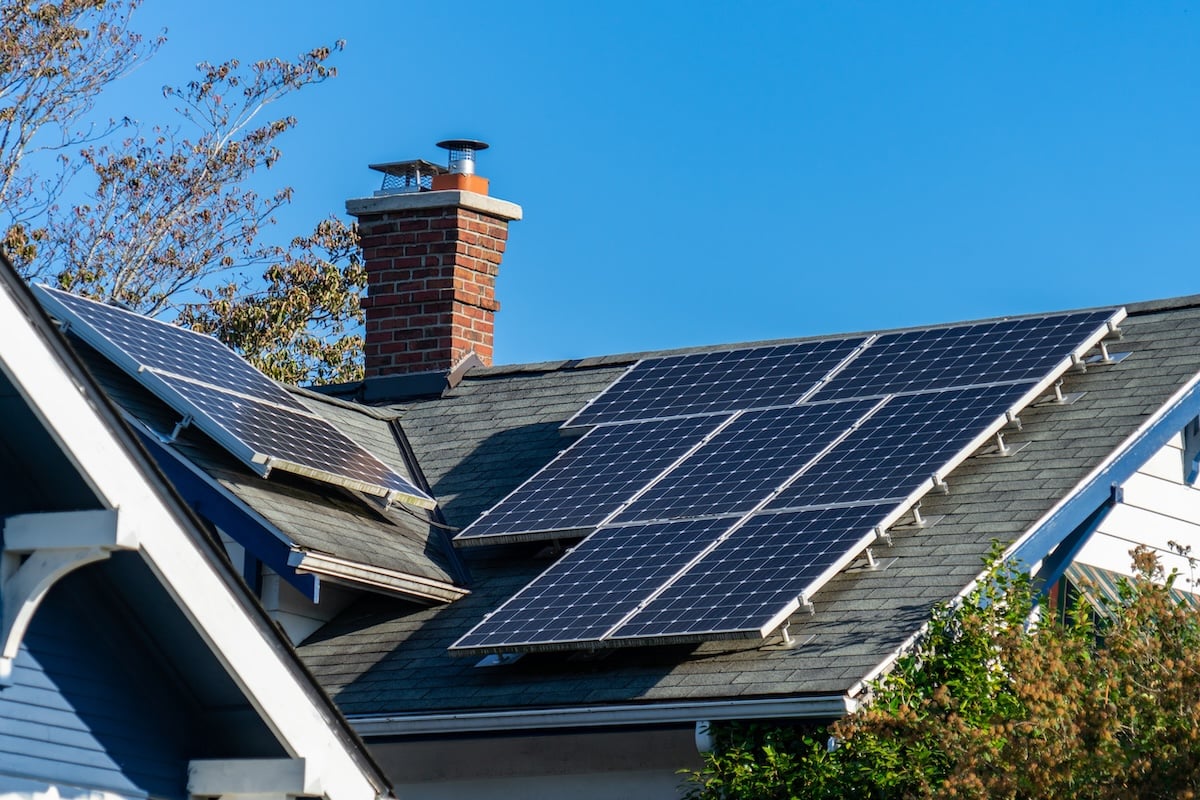
Roof Vents: Why Proper Ventilation is Crucial for Your Roof
A well-ventilated roof is the foundation of a healthy home. Many homeowners don’t realize that proper roof ventilation affects everything from energy bills to the structural integrity of their property. Without adequate airflow, your roof becomes vulnerable to moisture damage, ice dams, and premature aging.
Roofing accessories can further enhance the durability and protection of your roof by preventing leaks and weather damage. This guide will also touch on the role of accessories in creating a complete ventilation system.
This comprehensive guide covers everything you need to know about roof vents and their critical role in protecting your home. We’ll explore the different types of roof vents, their key benefits, installation considerations, and maintenance tips to help you make informed decisions about your roofing system.
Here’s what we’ll cover:
- Understanding different types of roof vents
- Key benefits of adequate roof ventilation
- Signs your roof needs better ventilation
🔎 Understanding Different Types of Roof and Exhaust Vents

Proper roof ventilation is essential for maintaining a healthy, energy-efficient home. Roof vents play a crucial role in regulating attic temperature, reducing moisture buildup, and prolonging the lifespan of your roof. They come in various styles and configurations, each designed to meet specific ventilation needs. Well-known brands like cor a vent offer a wide range of home ventilation solutions, including ridge vents and rain screen siding vents, backed by years of industry experience and reputation. By understanding the different types of roof vents, you can make an informed decision and choose the system that works best for your home.
- Intake Vents: Installed along eaves or soffits to bring fresh air into your attic. Common types include soffit vents for continuous airflow and eave vents for targeted air intake.
- Exhaust Vents: Remove hot, humid air from the attic. Options include ridge vents for continuous ventilation, box vents for localized exhaust, and turbine vents that use wind power.
- Powered Ventilation: Electric exhaust fans provide consistent airflow, while solar-powered vents offer eco-friendly ventilation without adding to energy costs.
👉 6 Key Benefits of Adequate Roof Ventilation

Installing proper roof vents delivers numerous advantages that protect your home and improve your quality of life. Here are the top benefits you can expect:
1. Lower Energy Costs
Proper roof ventilation can significantly reduce your energy bills by easing the burden on your HVAC system. During hot summer months, heat naturally builds up in the attic, causing your air conditioning to work overtime to maintain a comfortable indoor temperature. A well-ventilated attic allows hot air to escape and cooler air to circulate, keeping the attic closer to the outdoor temperature. This means your cooling system doesn’t have to work as hard, resulting in lower monthly energy costs. Over time, this reduction in energy use also decreases wear and tear on your HVAC system, potentially saving you money on repairs and extending its lifespan.
2. Extended Roof Lifespan
Your roof is one of the most significant investments you’ll make in your home, and proper ventilation can help protect it for years to come. Heat and moisture are two major threats to roofing materials, particularly asphalt shingles. Without adequate ventilation, excessive heat can cause shingles to dry out, crack, or warp, while trapped moisture can lead to rotting and deterioration of the underlying roof structure. Roof vents allow heat and moisture to escape, reducing these risks and helping your roof perform better for longer. By maintaining proper ventilation, you can protect your roofing materials and maximize the return on your investment.
3. Ice Dam Prevention
Ice dams are a common and costly problem for homeowners in colder climates. They occur when warm air from your home rises into the attic, melting snow on the roof’s surface. As the water runs down the roof and reaches the colder edges (eaves), it refreezes, creating a dam of ice that traps additional water behind it. Over time, this water can seep under shingles and into your home, causing significant water damage to ceilings, walls, and insulation. Proper roof ventilation helps regulate attic temperatures, preventing warm air from accumulating and minimizing the risk of ice dams. This means less worry during winter months and fewer costly repairs.
4. Improved Indoor Air Quality
A poorly ventilated attic can lead to issues that affect the air quality throughout your home. When moisture builds up in the attic due to inadequate ventilation, it creates the perfect environment for mold, mildew, and other harmful contaminants to grow. These airborne particles can spread through your home’s air circulation system, potentially causing respiratory issues and allergies for your family. Proper roof ventilation helps keep your attic dry, reducing the risk of mold and mildew growth. By improving airflow and preventing moisture accumulation, you create a healthier living environment for everyone in your household.
5. Warranty Protection
Many homeowners don’t realize that proper roof ventilation is often a requirement for maintaining the warranty on roofing materials. Manufacturers include this stipulation because ventilation plays a critical role in the performance and longevity of their products. Without adequate ventilation, roofing materials may fail prematurely due to heat and moisture damage, voiding your warranty. By ensuring your roof is properly ventilated, you not only meet the manufacturer’s warranty requirements but also protect your investment in high-quality roofing materials. This gives you peace of mind and confidence in the durability of your roof.
6. Increased Home Value
A well-ventilated roof doesn’t just protect your home—it also enhances its value. Potential buyers are likely to view a properly ventilated roof as a sign of a well-maintained property, reducing concerns about future repairs or energy inefficiency. A home with a ventilation system that extends the lifespan of the roof and prevents common issues like mold, ice dams, or rot is more appealing to buyers. Additionally, a house with lower energy costs and a healthy indoor environment is likely to command a higher resale value. Investing in roof ventilation is not just about protecting your home today; it’s about making your property more attractive and valuable in the long term.
⚠️ Signs Your Roof Needs Better Ventilation

Recognizing the warning signs of poor ventilation can help you address problems before they cause serious damage. Here are key indicators that your roof needs improved ventilation:
Interior Warning Signs
Condensation on windows, particularly in upper floors or attic spaces, is a strong indicator of excess moisture in your home. This can occur when warm, humid air comes into contact with cooler surfaces, leading to water droplets forming on the glass. Over time, this can encourage mold growth, damage window frames, or signal a larger ventilation issue.
Musty odors in your attic or upper levels often suggest hidden moisture problems, which can stem from a leaky roof, inadequate airflow, or improper sealing of your home. These odors are frequently a sign of mold or mildew development, which can pose health risks and degrade building materials.
Peeling paint or wallpaper on upper floors may be caused by excessive humidity trapped inside your home. This often results from poor ventilation in spaces like bathrooms or kitchens, where moisture tends to accumulate. Left unchecked, this can lead to structural damage and costly repairs.
Exterior Indicators
Ice dams forming along your roof’s edge during cold winter months are a telltale sign of ventilation problems. They occur when warm air escapes from your home into the attic, melting snow on the roof. The melted snow refreezes at the colder edges of the roof, creating a barrier of ice that prevents proper drainage. If not addressed, ice dams can lead to water leaks, damaged shingles, and even structural issues.
Shingles that appear to be aging prematurely or curling at their edges are often caused by excessive heat buildup in your attic. This happens when poor ventilation traps hot air, making your roofing materials deteriorate more quickly. Addressing ventilation issues can extend the lifespan of your roof and reduce the need for premature replacements.
Rust stains around roof penetrations, such as vents, chimneys, or skylights, indicate moisture infiltration. This rust is a sign that water is seeping into areas where it shouldn’t be, potentially leading to long-term damage if not fixed promptly.
Attic Conditions
Your attic temperature should closely match the outdoor temperature, especially in the summer. If your attic feels significantly warmer than outside during hot months, it could mean that heat is building up due to inadequate ventilation. This trapped heat not only increases your cooling costs but can also damage roofing materials, insulation, and stored belongings. Proper airflow is essential to prevent these issues.
Frost or ice buildup in your attic during winter is a clear sign of poor airflow. This happens when warm, moist air from your living spaces rises into the attic and condenses on cold surfaces. Over time, this trapped moisture can lead to wood rot, mold growth, and compromised insulation. Improving attic ventilation will help regulate temperature and moisture levels, protecting your home from long-term damage.
🏡 Trust ROOF TIGER for Your Ventilation Needs
Choosing the right roof ventilation is critical for protecting your home and ensuring long-term roof performance. At ROOF TIGER, we pride ourselves on our expertise, quality craftsmanship, and dedication to customer satisfaction.
Customers can use our locator tool or contact ROOF TIGER to find a local representative or Territory Manager for personalized assistance. Our team can assist with finding the right ventilation solution for your home. You can also place an order for roof vents and track your shipment through ROOF TIGER’s customer support.
Our team takes the time to understand your unique needs, recommend the best solutions, and deliver reliable results you can count on for years to come. Trust ROOF TIGER to safeguard your home with a roofing system built to last. Ready to get started? Contact us today for a free consultation!






